
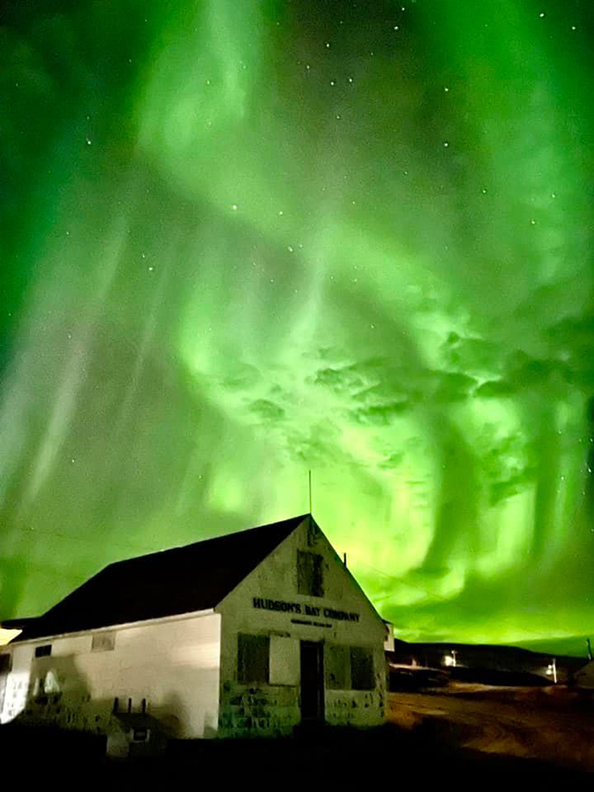
This week, the sun unleashed a powerful solar flare that triggered a massive geomagnetic storm, the strongest in the past twenty years. The result was a dazzling show of auroras, or northern lights, that could be seen in skies all over the world. These stunning displays of light were captured by many awe-struck photographers, making for a truly mesmerizing experience.
Northern Lights: A Celestial Display of Wonder
The Northern Lights, also known as auroras, are a mesmerizing natural phenomenon caused by the interaction of charged particles from the sun with Earth's magnetic field. These particles, known as solar wind, travel through the magnetic field lines towards the poles, where they collide with molecules in the atmosphere.
Mechanism of Aurora Formation:
When the solar wind particles collide with atmospheric molecules, such as oxygen and nitrogen, they transfer their energy to these molecules. The molecules then become excited and emit photons of light, creating the colorful displays we see in the night sky. Different colors correspond to specific molecules:
Recent Solar Flare and Geomagnetic Storm:
This week, the sun unleashed a powerful X-class solar flare, triggering a massive geomagnetic storm that sent a surge of solar particles towards Earth. This resulted in spectacular displays of auroras that could be witnessed worldwide.
History and Past Events:
The Northern Lights have been observed for centuries and are closely associated with solar activity. In 1859, a particularly intense solar storm, known as the Carrington Event, caused communication disruptions and spectacular auroras visible even near the equator.
Top 5 FAQs:
1. What causes the Northern Lights? A: The Northern Lights are caused by the interaction of charged particles from the sun with Earth's magnetic field.
2. Where can I see the Northern Lights? A: Northern Lights are most commonly visible in the high-latitude regions near the North and South Poles. The best viewing locations are typically in countries like Canada, Alaska, Iceland, Norway, and Sweden.
3. What is the best time to see the Northern Lights? A: The best time to see the Northern Lights is during periods of high solar activity, typically during winter months (November to March) when the nights are longer.
4. How long do the Northern Lights last? A: The duration of an aurora display can vary significantly, lasting anywhere from a few minutes to several hours.
5. Is it safe to watch the Northern Lights? A: Yes, watching the Northern Lights is generally considered safe. However, it's important to be aware of the weather conditions and to take precautions against cold temperatures.
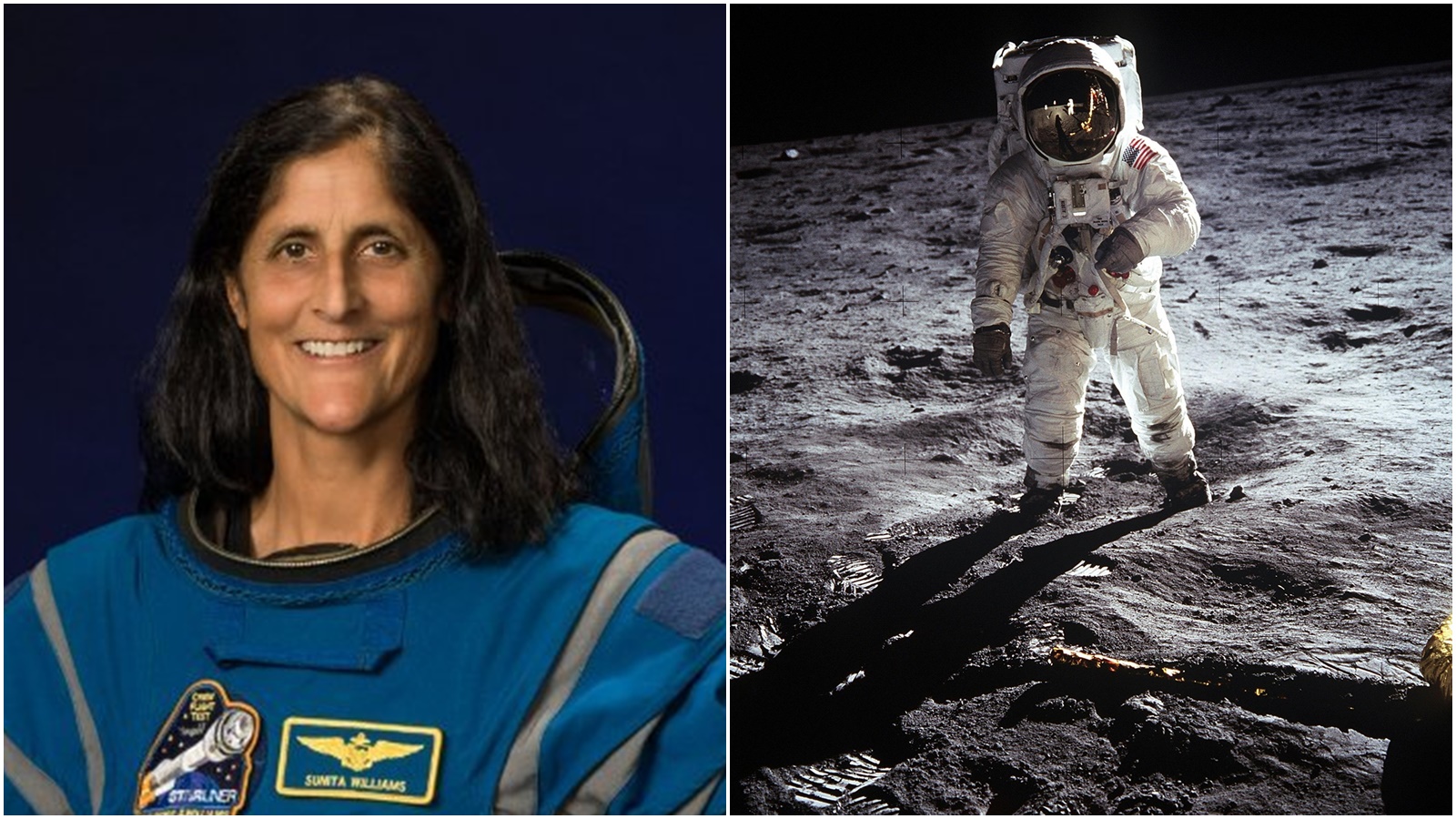
Indian-origin astronaut Sunita Williams addresses concerns about her health and weight after spending months on the International Space Station (ISS). In an interview with the New England Sports Network (NESN), she discussed her physical condition and cleared up rumors about drastic weight loss. She also shared insights on the effects of microgravity on the body and the importance of exercise for maintaining bone density in space.

After four astronauts, including NASA's Michael Barratt, Matthew Dominick, and Jeanette Epps, were rushed to the hospital upon their return from the ISS, there have been growing concerns about the physical toll spaceflight takes on astronauts. With the recent spotlight on NASA's Sunita Williams and concerns over her health, the agency has stepped in to assure the public that all astronauts are in good health and spirits. However, with investigations into the reason for the hospitalisation still ongoing, the incident serves as a reminder that spaceflight is still a largely unknown territory.

NASA astronauts Sunita Williams and Barry "Butch" Wilmore, currently on an extended mission on the International Space Station, have reported weight loss. This is due to fluid shifts in space causing changes in the body. Despite concerns about their health, NASA has assured the public that the astronauts are closely monitored and in good health. The agency has also warned against sharing any leaked details about the astronauts' health. This comes after a recent incident with the SpaceX Crew-8 mission, raising questions about the effects of extended space travel, but NASA maintains that Williams and Wilmore are doing well.

Learn about the chronic disease that plagues millions of Indians and its underlying causes. Diabetes is a condition that affects the body's production and use of insulin, resulting in high blood sugar levels. Find out the difference between type 1 and type 2 diabetes and how it can lead to serious health complications.

Vice-President Jagdeep Dhankhar's speech at the 83rd foundation day of the Council of Scientific and Industrial Research highlights the importance of research and development in advancing science. He emphasizes the need to find answers to unanswered questions and the potential for growth and innovation in this field. This contribution will help in scaling up the work of IIT Madras and promoting scientific advancement globally.
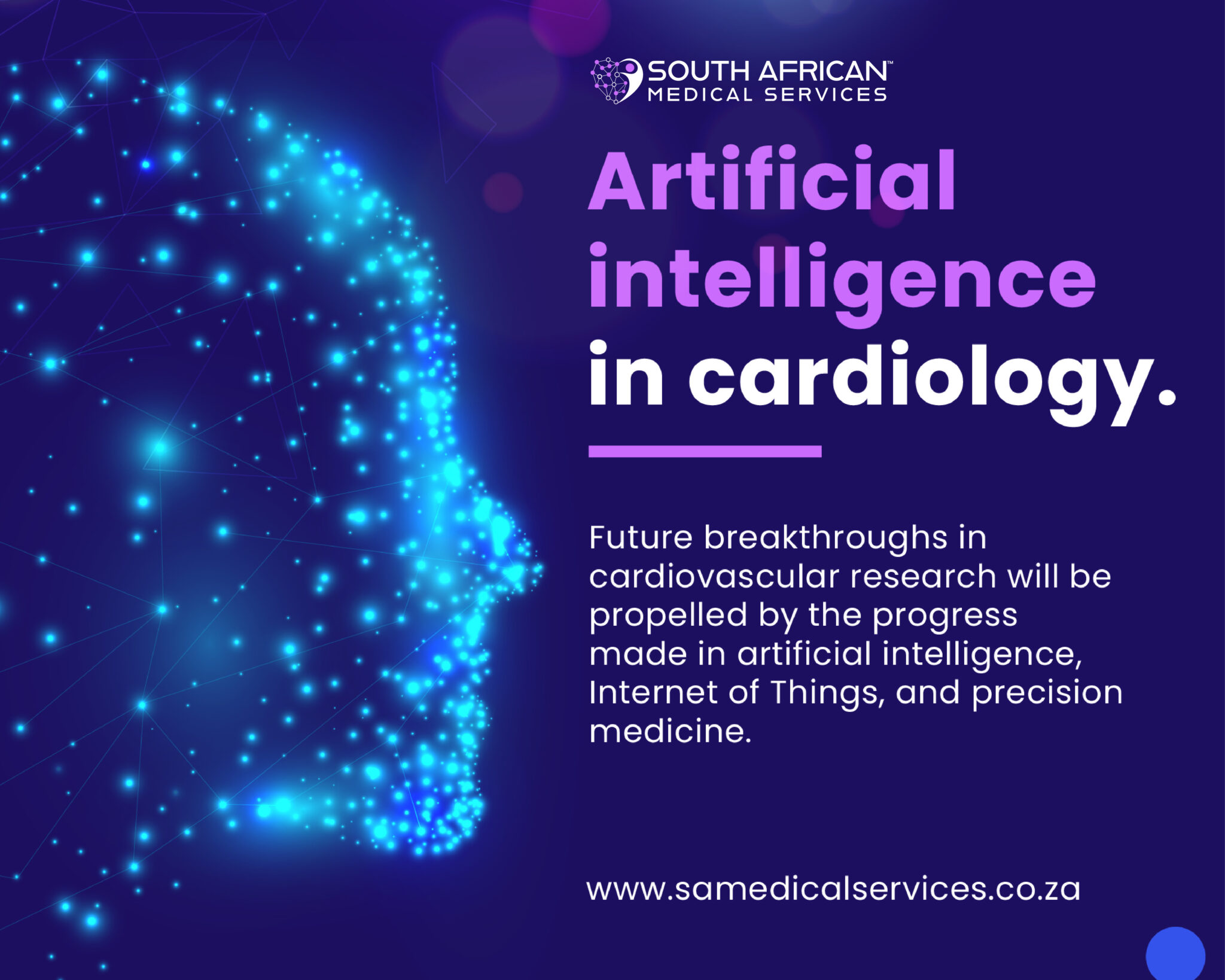
Cardiology experts at the Global Cardiology Summit in New Delhi predict that Artificial Intelligence (AI) has the potential to transform the treatment of heart diseases in India. With the ability to analyze large amounts of data, AI can aid in early detection, personalize treatment plans, and improve patient outcomes. Experts also noted that AI can benefit the healthcare sector in India, particularly in rural areas, where access to advanced care is limited. The two-day summit brought together world-class cardiologists, researchers, and healthcare professionals to discuss the latest advancements in cardiology and the role of AI in cardiac diagnostics and patient management.
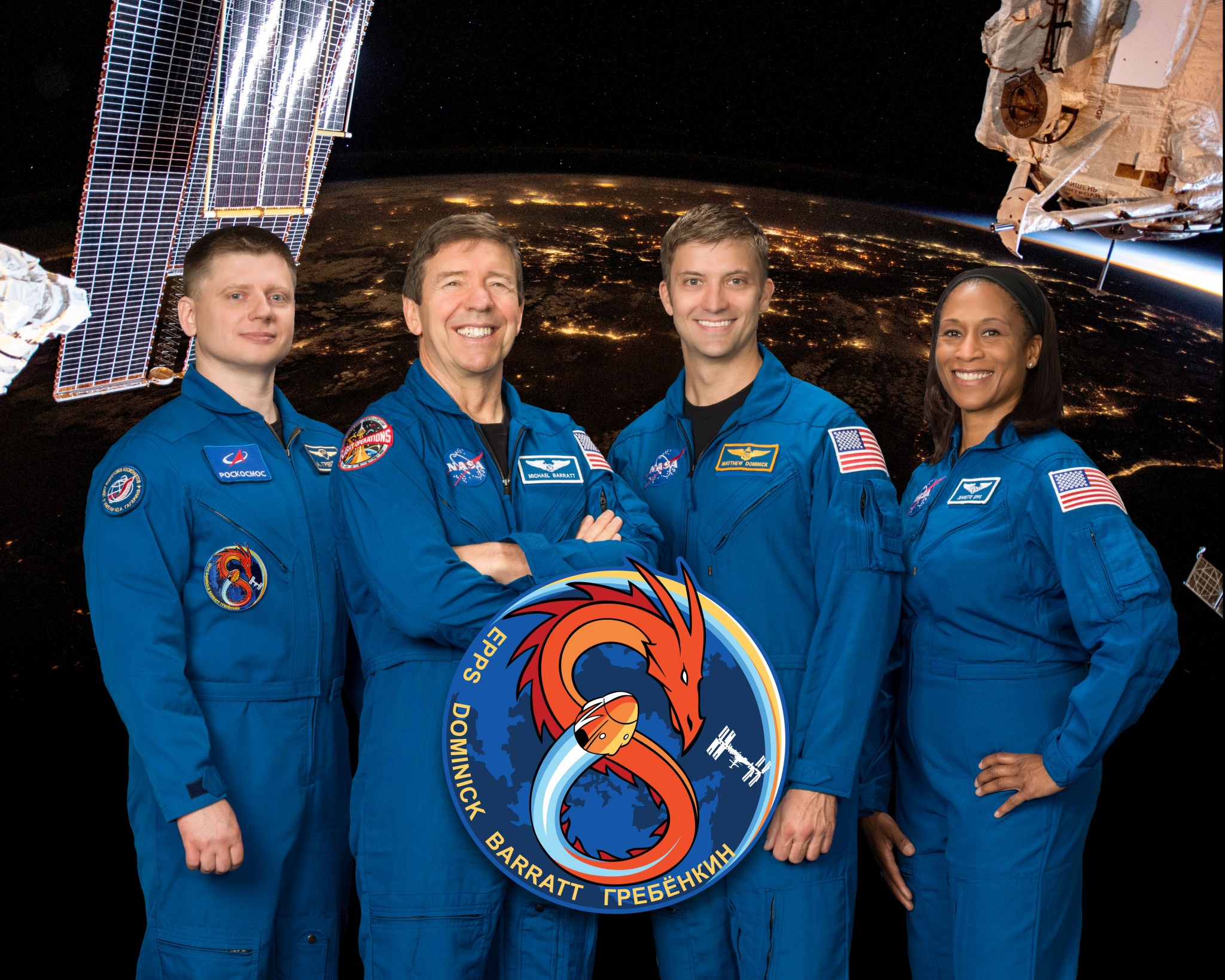
Four NASA crew members from the recent Crew-8 mission held a press conference addressing their brief hospitalization upon returning from the ISS. Although the astronauts stated they were in good health, NASA has not disclosed details of the incident. The extended mission was due to delays caused by technical issues with the new Starliner spacecraft, but the astronauts reflect positively on the experience of spending extra time in space.
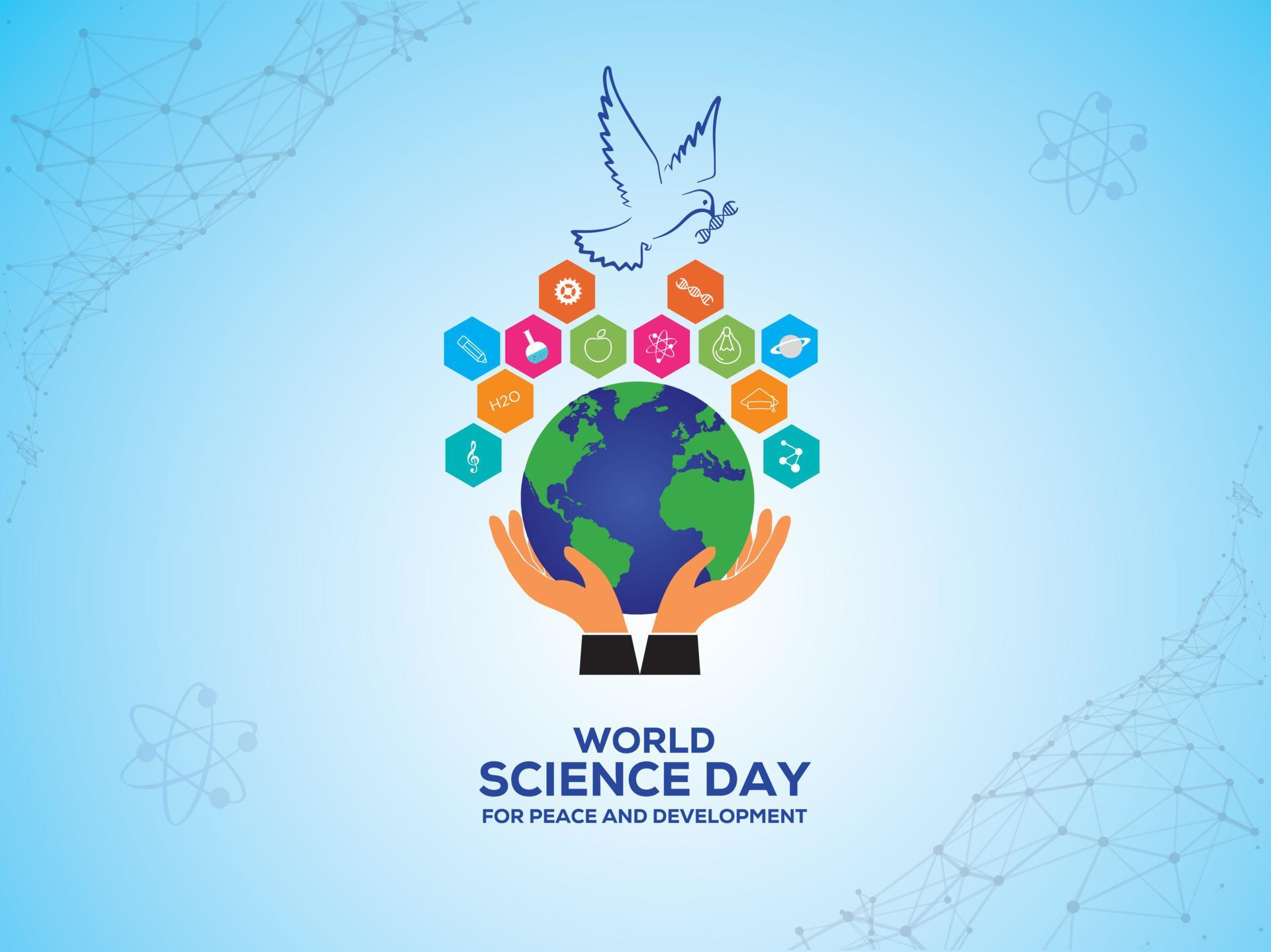
Every year on November 10, World Science Day for Peace and Development commemorates the vital role of science in our society. This day, proclaimed by UNESCO in 2001, aims to raise awareness about the importance of scientific knowledge in everyday life and its role in sustainable development. This year's theme, 'Why Science Matters - Engaging Minds and Empowering Future,' highlights the significant contributions of scientists towards shaping a better future for our planet. Through collaborations and educational efforts, World Science Day for Peace and Development continues to inspire global engagement with science for the betterment of society.

An unnamed NASA astronaut was flown to a hospital on Friday after returning to Earth from a record-breaking 235-day stay on the International Space Station. The crew of four, which included US astronauts Matthew Dominick, Michael Barratt, and Jeanette Epps, as well as Russian cosmonaut Alexander Grebenkin, splashed down off the coast of Florida early Friday morning, marking the longest stay in orbit for SpaceX's reusable Crew Dragon spacecraft. The crew's return was delayed due to hurricanes in the expected splashdown zones, and the cause of the astronaut's medical issue remains undisclosed.
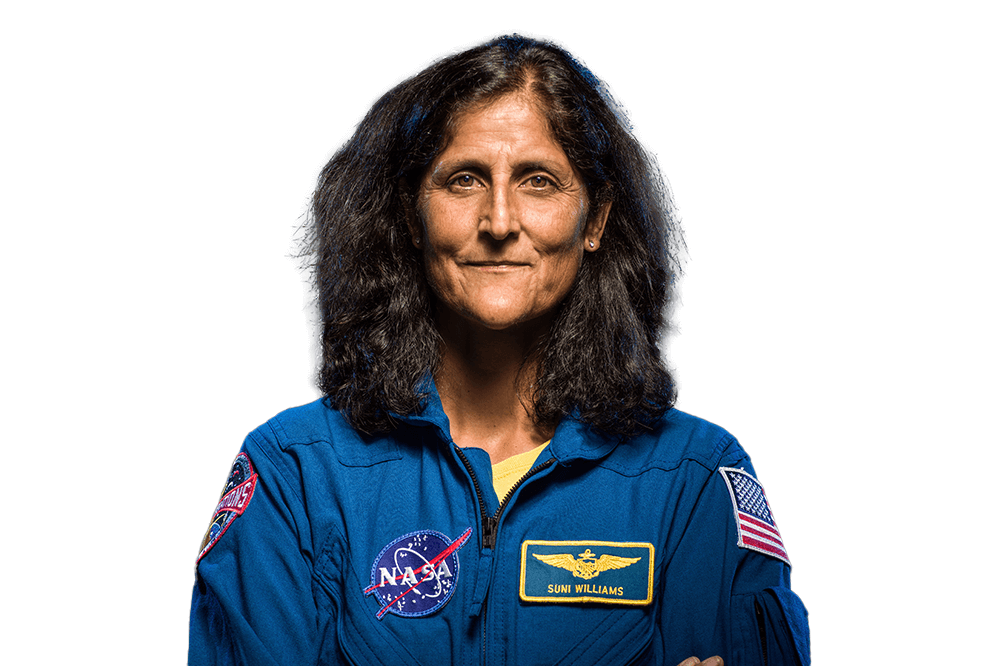
Indian-origin astronaut Sunita Williams and her colleague, Butch Wilmore, have been stranded at the International Space Station for over five months after Boeing's faulty Starliner spacecraft malfunctioned. Newly released images of Williams show a drastic weight loss and sunken cheeks due to the prolonged stay in space. NASA employees have expressed concern for her health and are working on stabilizing her weight loss. Astronauts have to eat twice as many calories as regular people while following a special food packaging methods and exercising for two hours daily to maintain their health in space.